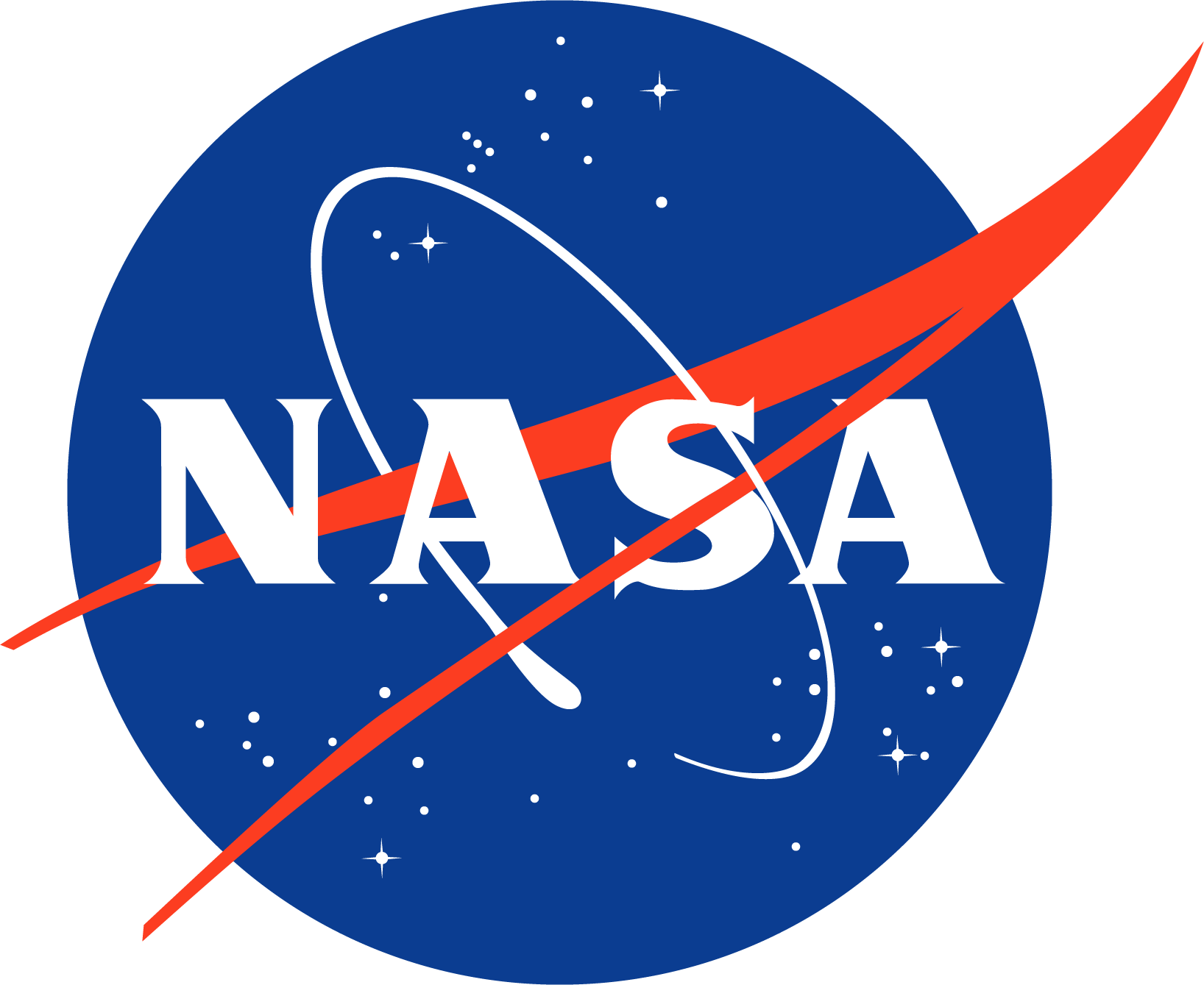Dr. Thorpe is an Assistant Research Scientist with the University of Maryland, CRESST, and within the Planetary Environments Laboratory Division at the NASA Goddard Space Flight Center. Mike was previously the Mars Sample Return Scientist at Jacobs and NASA JSC. Before that, Mike was a NASA Postdoc (NPP) also as NASA JSC. For graduate school, Mike got his Ph.D. and M.S. from Stony Brook University.
Michael Terrance Thorpe
(ASSISTANT RESEARCH SCIENTIST)
| Email: | michael.t.thorpe@nasa.gov |
| Org Code: | 699 |
| Address: |
NASA/GSFC Mail Code 699 Greenbelt, MD 20771 |
| Employer: | UNIV OF MARYLAND COLLEGE PARK |
Brief Bio
Research Interests
Sedimentary Geology
Earth Science: Surface PropertiesOn Earth, Mike explores basaltic terrains around the globe and investigates how sediments are first generated and then altered along the transportation pathway from source-to-sink. Mike unravels sedimentary processes (e.g., weathering, mixing, sorting, diagenesis) and focuses on clay size sediments and mineralogy. One of the aims of this research is to investigate how climate impacts the source-to-sink system and can modern sedimentation be correlated with the ancient rock record. Mike looks forward to broadening these terrestrial studies and understand the connection between basaltic weathering and the geological cycle of carbon.
Planetary Exploration
Solar System: Planetary surfacesFor planetary exploration, Dr. Thorpe uses his terrestrial reference frame to interpret the sedimentary history of other rocky bodies. Mike is currently on the Mars Science Laboratory team, working with the Curiosity rover, specifically looking at the mineralogy returned from the CheMin instrument onboard the rover. Mike is also a part of the Mars Sample Return Campaign Science Group (MCSG) and looking forward to preparing some of the most precious samples to make it back to Earth within the this decade.
Current Projects
DIGMARS
Surface Properties
DIGMARS is a NASA funded Solar System Workings (SSW) project that explores Iceland as a terrestrial analog for Mars. This project stands for “Digging Iceland Geology for Mars Analog Research Science”. DIGMARS brings together a diverse set of skills and expertise contributing to their overall research seeking to understand how lakes in Iceland, a basalt dominated terrain, can inform scientists about surface and groundwater processes of early Mars, particularly places like Gale and Jezero craters.
Positions/Employment
Mars Sample Return Scientist
JETS NASA JSC - Houston, TX
August 2020 - April 2022
Mars Curation Lab Manager
NASA Postdoctoral Fellow
NASA | USRA - Houston, TX
October 2018 - July 2020
Teaching Experience
Towson University- Adjunct Professor for Geology
Education
Ph.D., Geosciences; 2018
Stony Brook University
M.S., Geosciences; 2014,
Stony Brook University
B.S., Geology; 2012
Towson University
Selected Publications
Refereed
2022. "Mars Science Laboratory CheMin Data From the Glen Torridon Region and the Significance of Lake‐Groundwater Interactions in Interpreting Mineralogy and Sedimentary History." Journal of Geophysical Research: Planets 127 (11): [10.1029/2021je007099] [Journal Article/Letter]
2022. "The Curiosity Rover’s Exploration of Glen Torridon, Gale crater, Mars: An Overview of the Campaign and Scientific Results." Journal of Geophysical Research - Planets e2022JE007185 [Full Text] [10.1029/2022JE007185] [Journal Article/Letter]
2022. "Evolved gas analyses of sedimentary rocks from the Glen Torridon Clay-Bearing Unit, Gale crater, Mars: Results from the Mars Science Laboratory Sample Analysis at Mars Instrument Suite." Journal of Geophysical Research: Planets 127 (9): e2022JE007179 [10.1029/2022JE007179] [Journal Article/Letter]
2021. "A Review of the Phyllosilicates in Gale Crater as Detected by the CheMin Instrument on the Mars Science Laboratory, Curiosity Rover." Minerals 11 (8): 847 [Full Text] [10.3390/min11080847] [Journal Article/Letter]
2020. "Evidence for Multiple Diagenetic Episodes in Ancient Fluvial‐Lacustrine Sedimentary Rocks in Gale Crater, Mars." Journal of Geophysical Research: Planets 125 (8): [10.1029/2019je006295] [Journal Article/Letter]
2020. "Mineralogy and geochemistry of sedimentary rocks and eolian sediments in Gale crater, Mars: A review after six Earth years of exploration with Curiosity." Geochemistry 80 (2): 125605 [10.1016/j.chemer.2020.125605] [Journal Article/Letter]
Non-Refereed
2021. "The Importance of Field Studies for Closing Key Knowledge Gaps in Planetary Science." Vol. 53, Issue 4 (Planetary/Astrobiology Decadal Survey Whitepapers) 53 (4): [10.3847/25c2cfeb.0a087f9f] [Other]
Selected Public Outreach
Planetary Resources and Content Heroes (ReaCH), engage public audiences, particularly Black and Latinx audiences
May 2022 - May 2022
Pathways to Careers in NASA Science
May 2022 - May 2022
Inclusion Diversity Equity and Access (IDEA) committee for LPSC conference 2022
April 2022 - April 2022
Space Exploration Educators Conference
March 2022 - March 2022
NASA ARES webinar: DIGMARS
February 2022 - February 2022
Haldane Middle School, Cold Spring, NY: From Haldane to Mars
2021 - 2021
